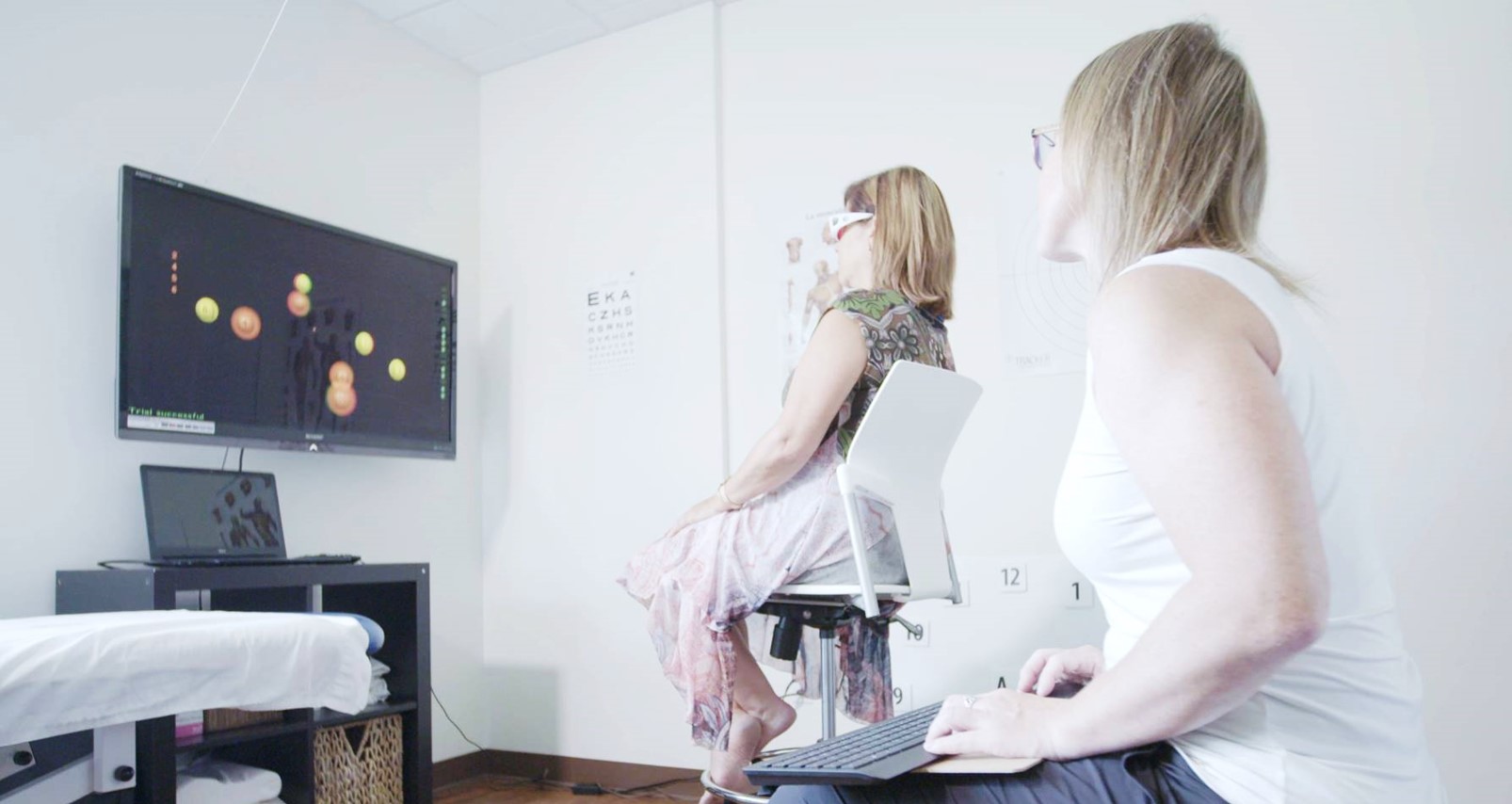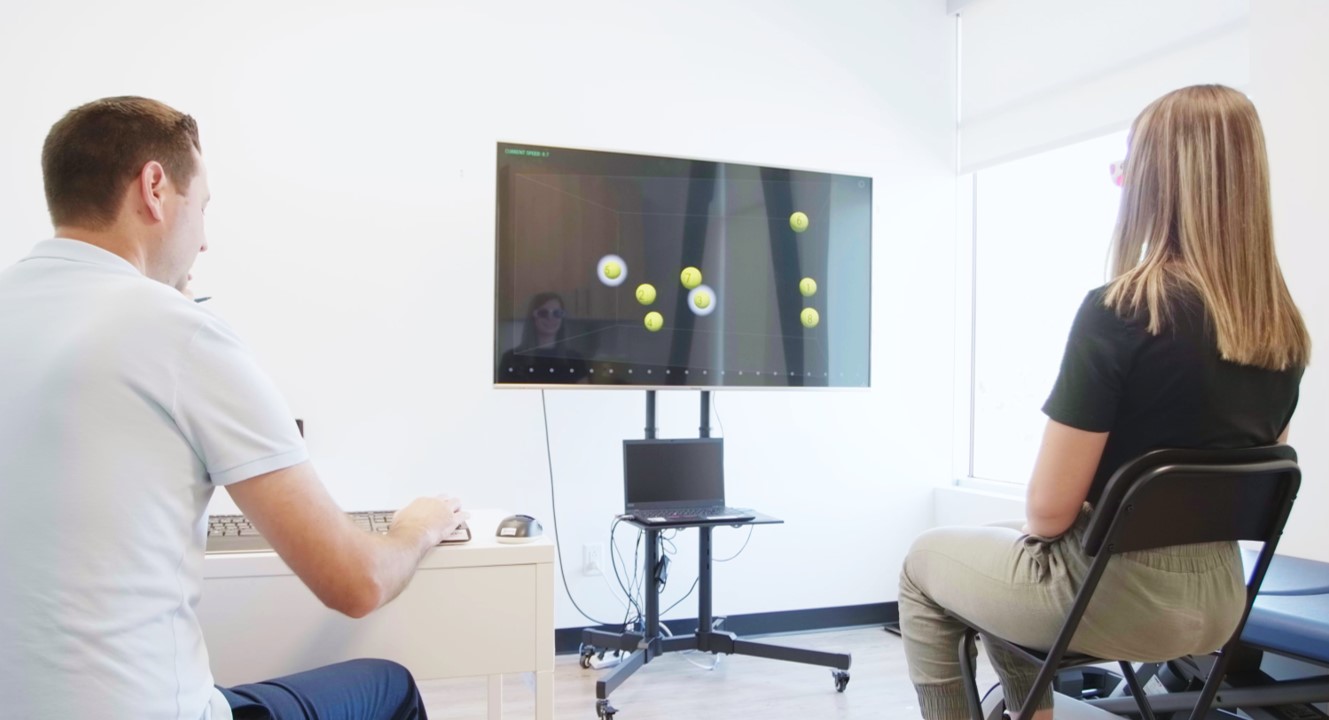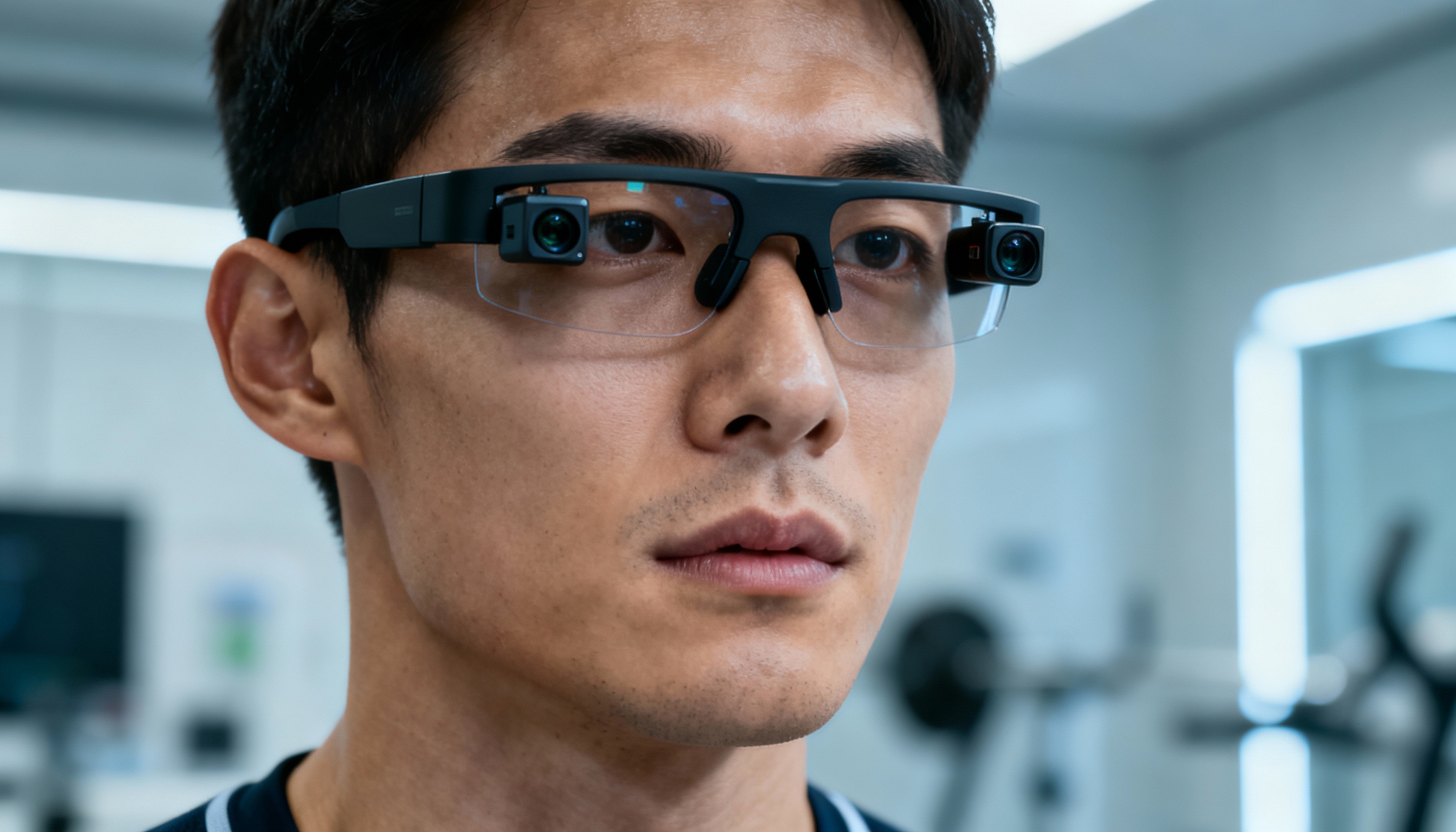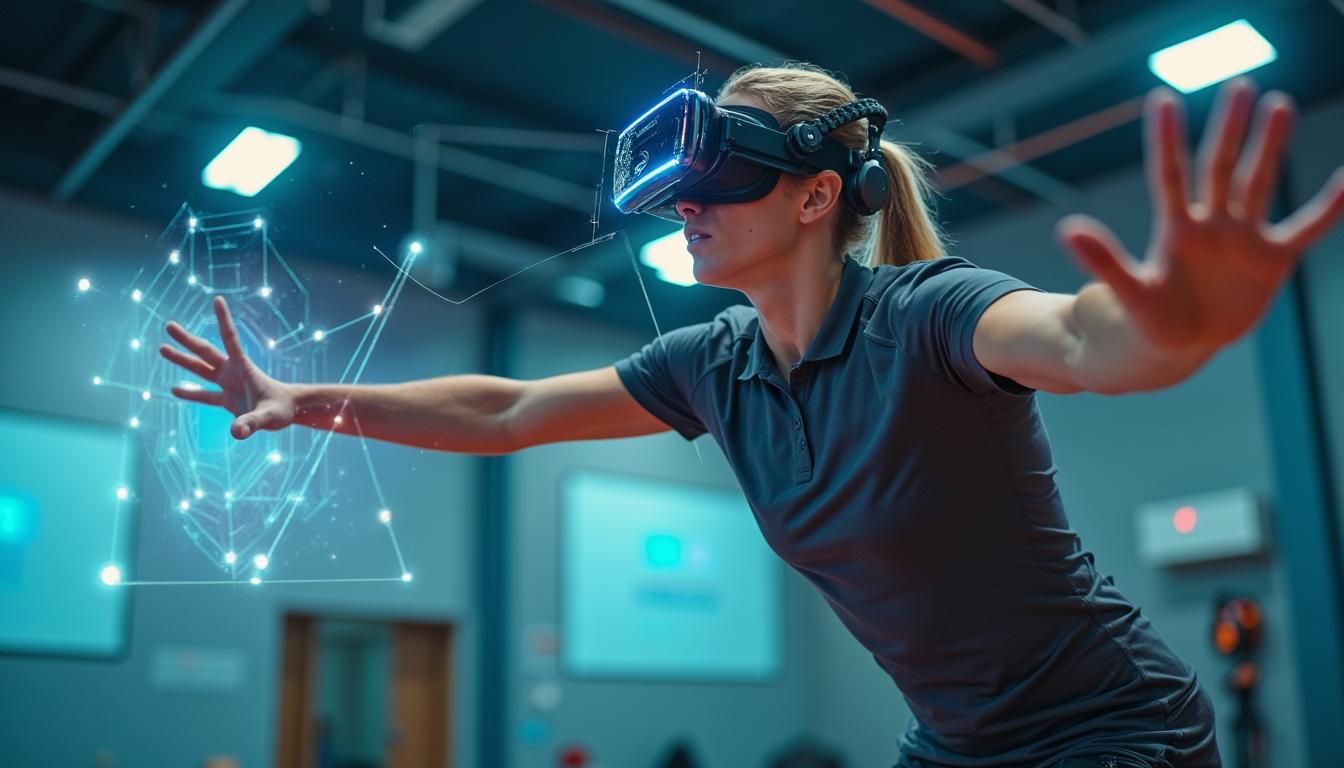Welcome to the Research and Strategy Services at in today's fast-paced.

NeuroTracker is a perceptual-cognitive training tool that strengthens attention, working memory, processing speed, peripheral awareness, decision-making under load, and dual-tasking. While NeuroTracker has not yet been approved to diagnose or treat any medical condition, and should not be used in this manner without professional medical supervision, a large body of research reports transfer to everyday functional abilities. Because many health conditions involve reductions in these same capacities, clinics and individuals often use NeuroTracker as a supportive tool to help manage cognitive-functional demands and quality of life, alongside standard care.
NeuroTracker has not yet been approved to diagnose or treat any medical condition, and should not be used in this manner without professional medical supervision. The information below summarizes evidence for functional transfer and accessibility to help clinicians and consumers consider potential fit in wellness and rehabilitation contexts.

Brief, progressive sessions of 3D multiple-object tracking (3D-MOT) target:
These foundations support daily activities such as deskwork focus, computer use, navigation, safe mobility, and hand–eye coordination. When a condition affects these domains, training the underlying functions may help people better manage everyday tasks and cognitive effort.
We intentionally avoid quantifying percent gains here. For details, see individual papers in the Science Portal.
As support for managing functional demands—not diagnosis or treatment.
Design: Older adults with mild cognitive impairment or mild dementia completed short NeuroTracker training.
Outcome: Participants showed improved manual dexterity on structured tasks, suggesting that training attention/processing can carry over to everyday hand function.
Reference: Effect of 3D Multiple-Object Tracking Training on Manual Dexterity in Elderly Adults With Dementia and Mild Cognitive Impairment
Design: Short-dose pilot training in participants with relapsing-remitting MS.
Outcome: Improvements on driving-relevant attention measures (e.g., Useful Field of View) and select neurocognitive tests after training, consistent with support for everyday attentional demands in daily living contexts.
Design: Approximately three hours of NeuroTracker-style training in adults.
Outcome: Improved biological-motion perception, a visual skill linked to collision avoidance, navigation, and social cue interpretation, suggesting relevance for functional safety and independence as people age.
Design: ~5-week NeuroTracker (3D-MOT) program in community-dwelling older adults versus controls, with pre/post testing on standardized fall-risk proxies (e.g., Timed Up & Go, Functional Reach, 5-m walk).
Outcome: The training group improved on multiple fall-risk–related assessments, while controls tended to decline on several measures. This supports NeuroTracker as a complementary tool to help older adults manage mobility and balance demands.
Reference: Examination of the Training Effect of the 3D Multiple-Object Tracking Task on Community-Dwelling Elderly
(Indicators of functional fit—not promises of outcomes.)


Is NeuroTracker approved to treat medical conditions?
No. NeuroTracker has not yet been approved to diagnose or directly treat any medical condition, and should not be used in this manner without professional medical supervision. Many clinics use it as a complementary cognitive-training tool to help manage daily demands alongside standard care.
Is there research in medical or aging populations?
Yes. Peer-reviewed studies report transfer to everyday functional domains—such as manual dexterity, driving-relevant attention, biological-motion perception, and fall-risk–related measures—after short training doses. See the Science Portal.
How long does training take?
Many studies report meaningful gains in core cognitive domains within roughly three hours of total training time, delivered in short (~6-minute) sessions.
Can NeuroTracker replace therapy or medication?
No. It is a complementary training tool. Clinical decisions should be made with a healthcare professional.
Can people with significant impairments use NeuroTracker?
Feasibility work suggests unusually high accessibility, even for individuals with substantial challenges. See: Feasibility in Severe Cognitive Challenges.
Where can I learn how NeuroTracker differs from brain games and brain training apps?
See: Why NeuroTracker Differs to Brain Trainers.








Welcome to the Research and Strategy Services at in today's fast-paced.

Explore five leading tools that support attention and cognitive functioning in ADHD

Discover the best sleep tools athletes use to support peak performance.

.png)